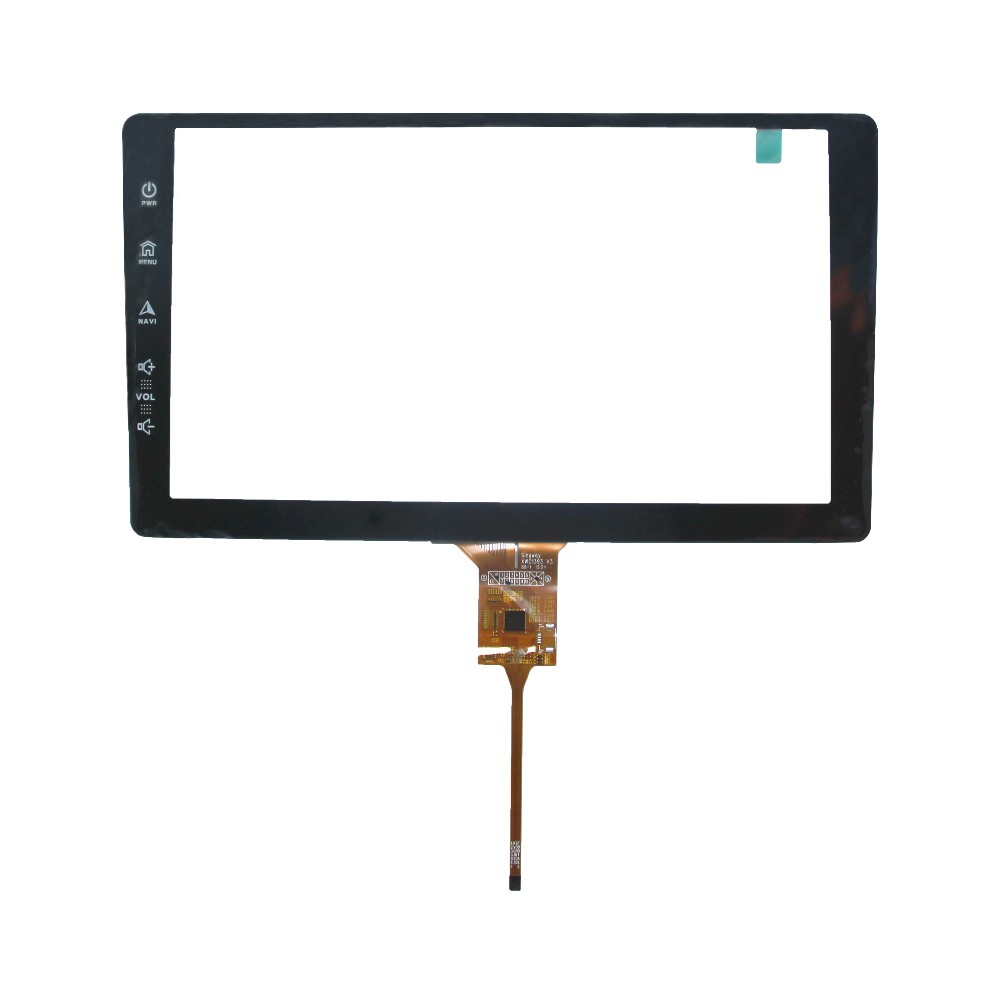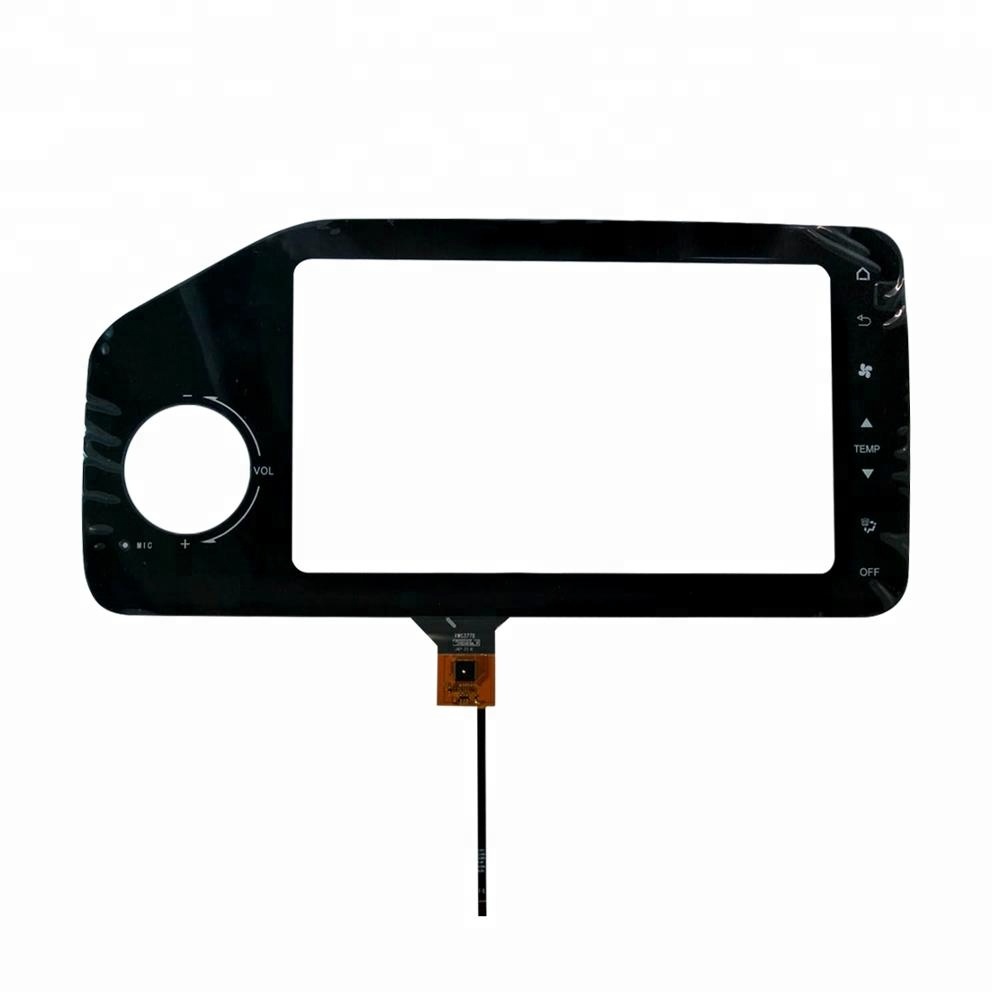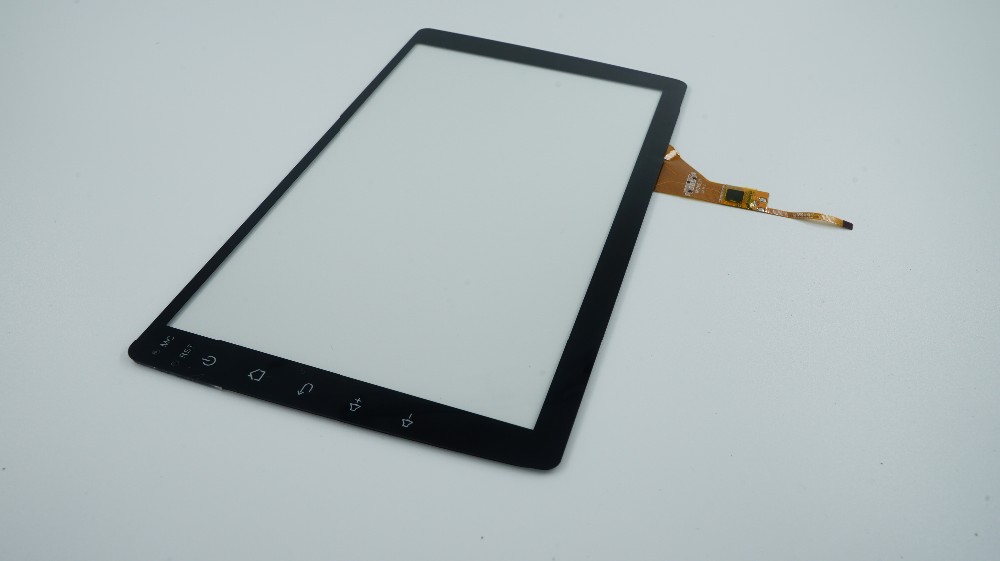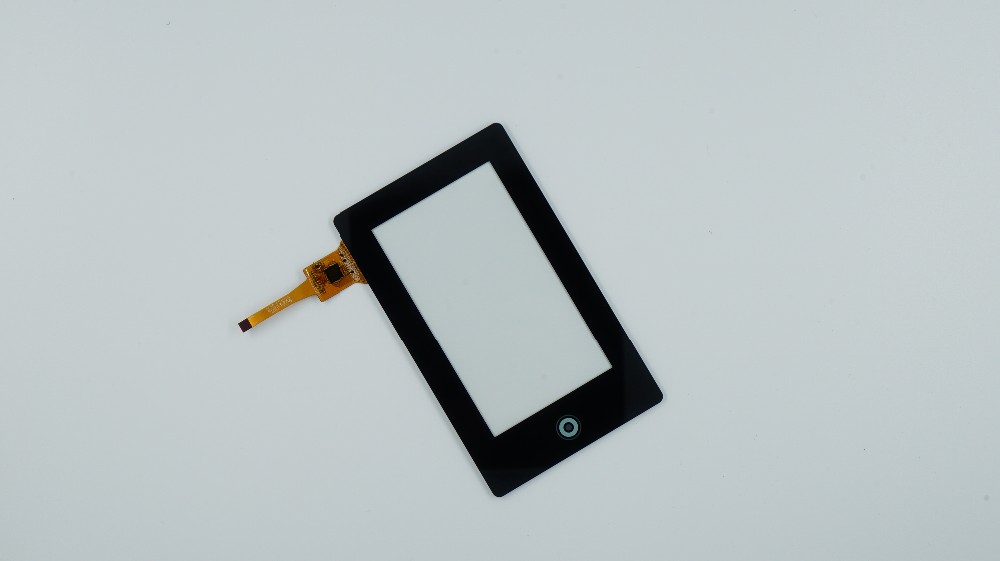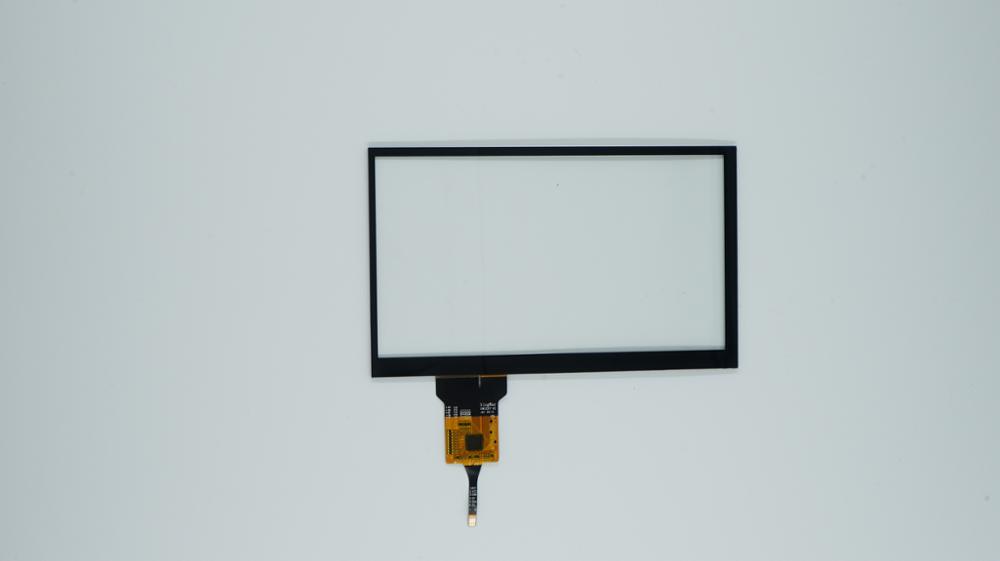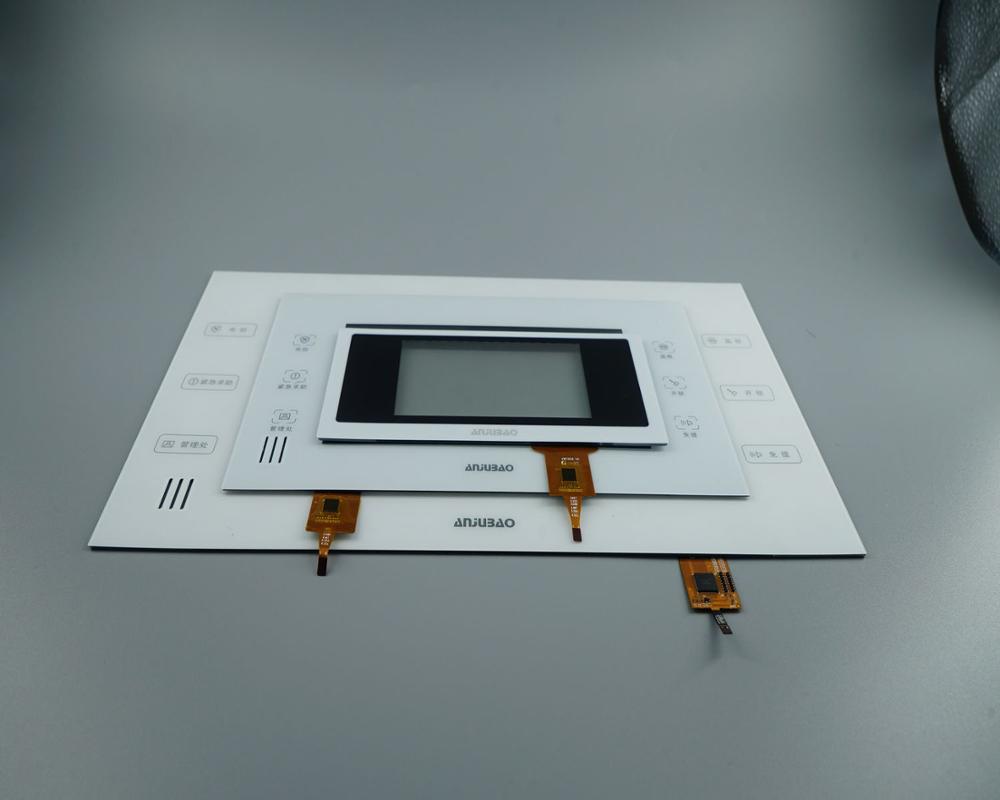High-Sensitivity Capacitive Touch Screen
High-Sensitivity Capacitive Touch Screen
Light Transmittance: 86-88%
Structure: PMMA/PET/GLASS+OCA+GLASS/GFF/GF
Input: Stylus or Finger Contact Bounce
Time: <3ms
Resolution: 4096*4096 (According to the resolution of LCD)
Type of Glass: Common, Chemical, Tempering
Contact point: Max10
SurfaceHardness: 6H/7H
Life Expectancy: >100 Million Times
Operation Force: Capacitance Induction, no operating force required
Operation Temperature: -20℃-+70℃
Storage Temperature: -30℃-+80℃
Glass Thickness: 0.4mm 、0.55mm、0.7mm、1.1mm、1.8mm
Interface: IIC、USB
Product description
Product parameters
High-Sensitivity and Smooth Operation
Our high-sensitivity capacitive touch screen responds to even the lightest touch by detecting changes in the human electric field. This ensures smooth and precise operation without the need for excessive pressure, enhancing the overall user experience for industrial equipment, self-service terminals, and consumer electronics.
Multi-Touch Support
Equipped with advanced multi-touch technology, this capacitive screen allows simultaneous input from multiple fingers. Users can perform complex gestures such as zooming, rotating, and swiping, providing more intuitive and interactive control for modern electronic devices.
High Transmittance and Vivid Display
Crafted with glass or transparent plastic, our capacitive touch screens offer high light transmittance for clear, sharp, and vivid visuals. This ensures optimal display quality, making it ideal for medical devices, car navigation systems, and educational electronics.
Durable and Long-Lasting
Designed to withstand wear and environmental challenges such as temperature and humidity fluctuations, these screens maintain reliable performance over time. They are resistant to scratches and abrasions, making them suitable for industrial and commercial applications requiring consistent durability.
Customizable Solutions
SINGWAY offers custom capacitive touch screen solutions tailored to your project requirements. From panel size and touch sensitivity to material options, we ensure every touch screen meets the precise needs of your industrial or commercial application.
Summary
High-sensitivity capacitive touch screens from SINGWAY combine responsiveness, multi-touch capability, high clarity, and durability. Ideal for industrial, commercial, and consumer applications, they deliver a premium human-computer interaction experience.


